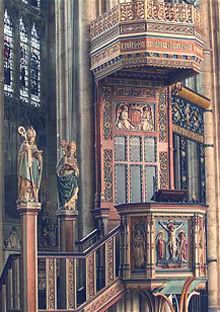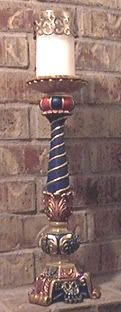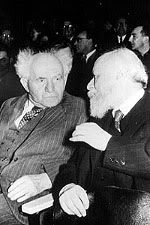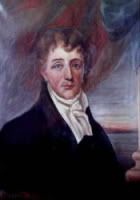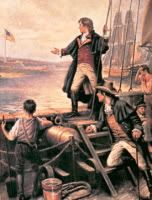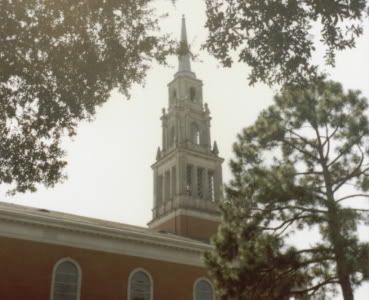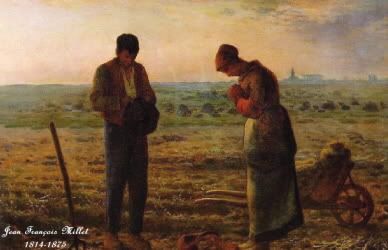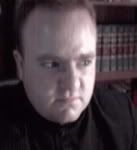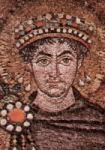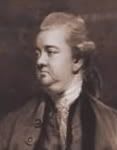
The other day I heard a local radio station urging its listeners to take great pride in boldly proclaiming themselves to be an ADL—an “All Day Listener.” Since it was on the drive to church that morning, it led me to think about how parishioners might make a similar proclamation of loyalty. What would it be? Would you call yourself an ESA—an “Every Sunday Attendee”? Or maybe a CFE—a “Consistent and Faithful Episcopalian”? Or how about an AOM—an “All Opportunity Minister”?
The experts in church growth and development tell us that for the size of a congregation like St. Alban’s, it is especially important to develop a mission statement and to use that as a stamp of identity and as a measure of the things that a particular church does in terms of its life and mission. We do have such a statement at St. Alban’s, which reads: “The purpose of St. Alban’s Parish is to provide a joyous, loving, and caring community of Christian worship and fellowship that makes Christ known though active response to the Gospel, for the spreading of God’s kingdom on earth as it is in heaven.”
The words about parish identity that stuck out for me in that mission statement were the words “joyous, loving, and caring.” The only way for us to be a joyous, loving and caring community is for us to be joyous, loving and caring people. We might say, according to the mission statement, that what it means to be a St. Alban’s parishioner is to be a joyous, loving, and caring parishioner. And may I say that we should take great pride in boldly proclaiming ourselves to be JLC (joyous, loving, and caring) parishioners. That’s what we do, because that’s who we are. All three of these—joy, love, and care—find their ultimate meaning in Jesus Christ. If you want to know what JLC means, look to Jesus.
Joy is something a little different from happiness. The latter is a passing feeling, whereas the former is an abiding sense of being. We can observe Lent and host funerals and still be a joyous community of faith. In spiritual literature, a large part of joy is the feeling or awareness of the goodness in our being, aroused by the expectation of God’s goodness in our lives. Joy is actually one of the “fruits of the Holy Spirit,” which St. Paul contrasts with the “works of the flesh” (see Galatians 5:19-23). The author of the letter to the Hebrews tells us it was “because of the joy that was set before him” that Jesus endured the cross, in spite of its shame (Hebrews 12:2).
In the New Testament, Jesus reveals to us that God is love. There is no word that is more descriptive of God than the word “love.” St. John uses this description over and over. The discourse on love in the third and fourth chapters of his first letter are a particularly moving. St. Paul also gives us a vivid description of God’s love in 1 Corinthians 13 (“Love is patient, love is kind . . .”). The kind of love we have and the kind of loving community we foster is based on God’s love of us. Love, or “charity” in the King James text, is actually a theological virtue infused in the soul at baptism. This gift from God enables us to love God above all things and to seek the greatest good for others for the love of God.
No one embraced people in need like Jesus. In doing so, he shows us what a caring community should be. Jesus is our ultimate model for compassion and tenderness. He accepted others in spit of their faults. He did not ignore the sins of those who came to him, but he addressed their sins with healing and forgiveness rather than judgment and scorn. It is worth recalling that Jesus calls the Holy Spirit another “Paraclete,” which means one who is an advocate or sits alongside another. St. Paul wrote about sharing the comfort we receive from God with others. He says, “Blessed be the God and Father of our Lord Jesus Christ, the Father of compassion and God of all encouragement, who encourages us in every affliction, that we may be able to encourage others in affliction” (2 Corinthians 1:3-4).
The church development gurus tell us that our mission statement need to be a stamp of our identity and the standard for everything in our parish’s life and mission. What that means for St. Alban’s is that everything we do should foster joy, love, and care, because that’s the kind of community St. Alban’s needs to be. Conversely, if something is not joyful, loving, and caring, then we simply don’t do it—because St. Alban’s isn’t the place for it. The purpose of St. Alban’s Parish is to provide a joyous, loving, and caring community of Christian worship and fellowship.
If someone asks you what kind of Christian you are, I suggest that you take great pride in boldly proclaiming yourself to be a JLC parishioner of St. Alban’s Episcopal Church. And then invite them to be a part of our JLC community.
